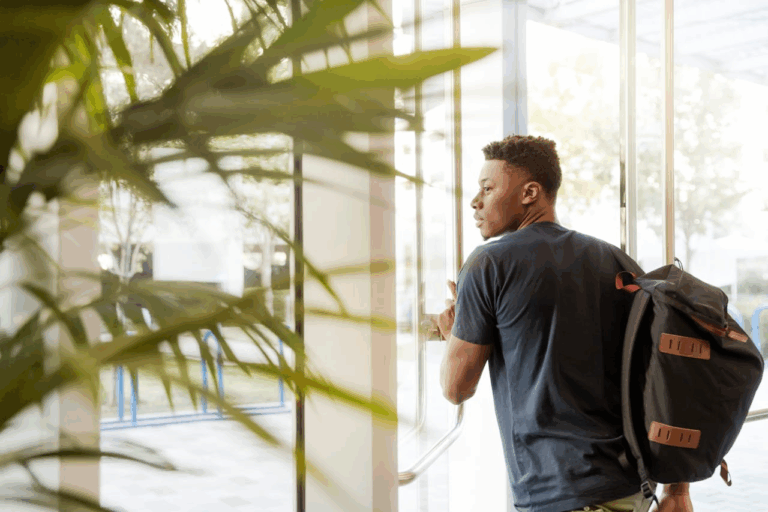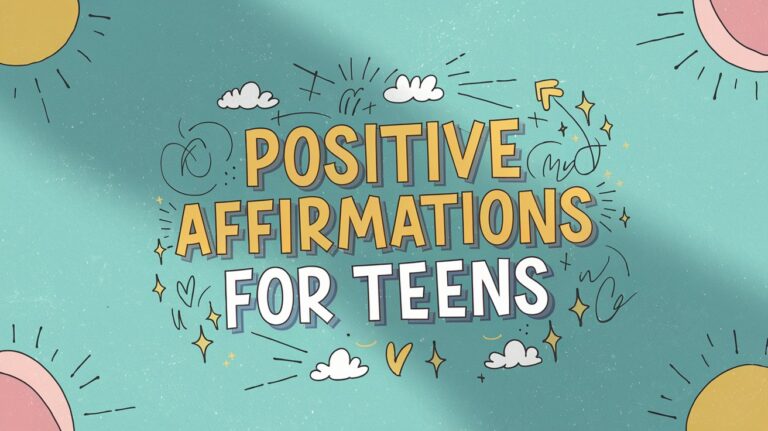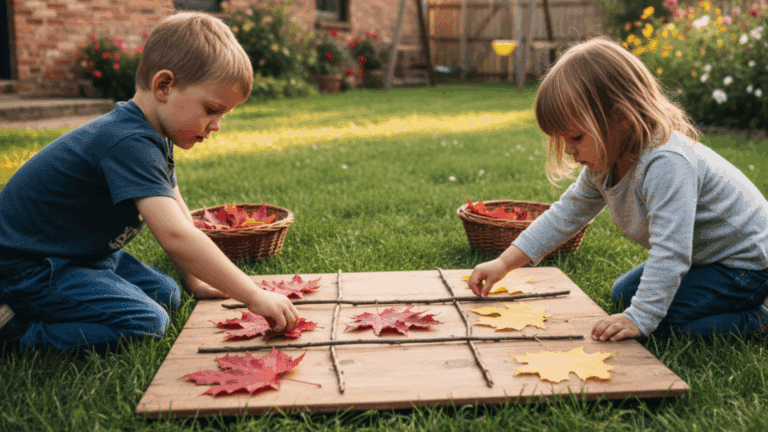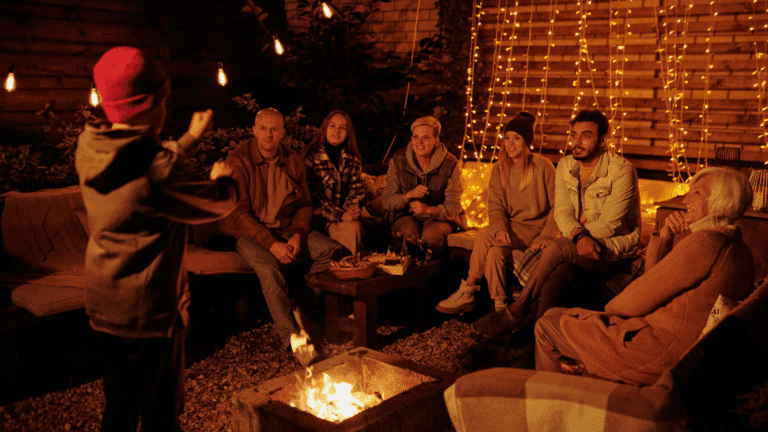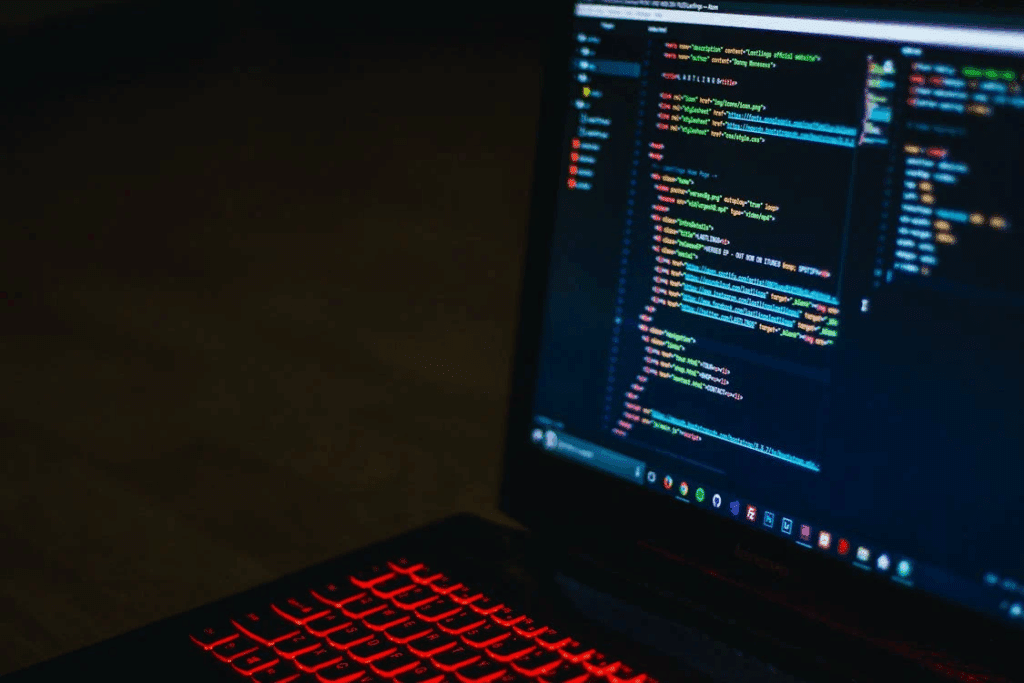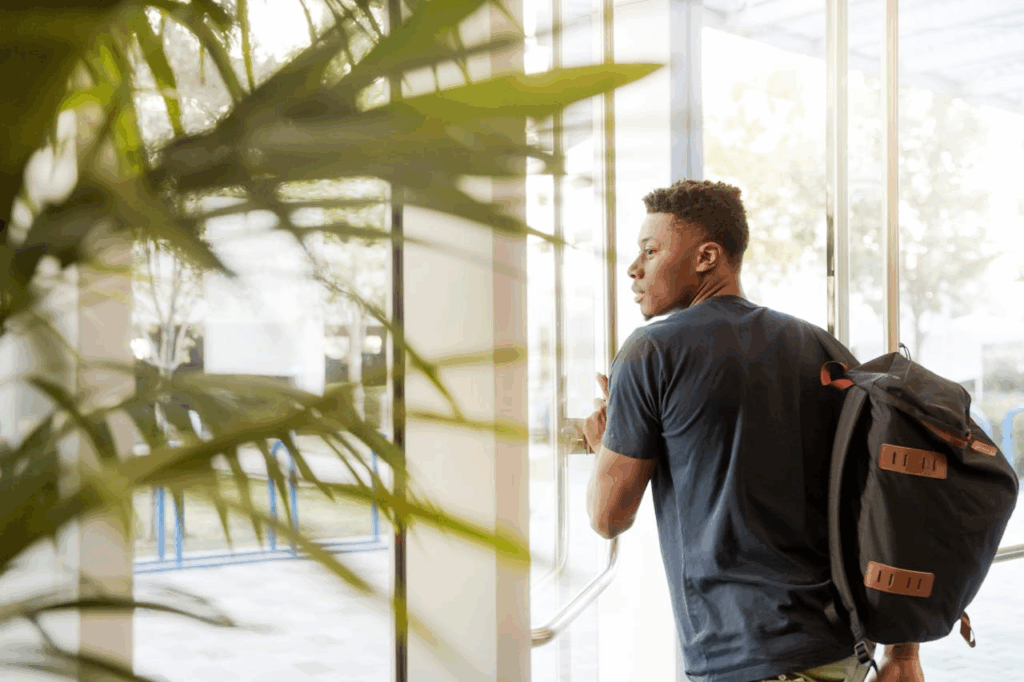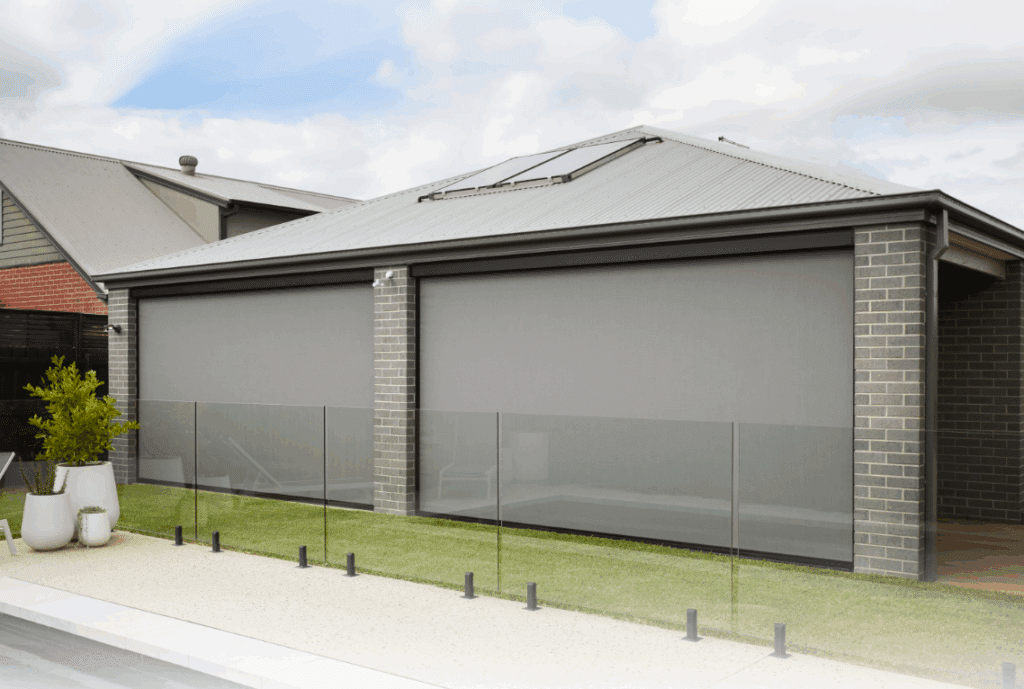Teachers often struggle to keep students engaged while making lessons stick.
Traditional teaching methods sometimes fall short, and students seem disconnected from the material. But there’s a powerful solution that taps into how people naturally learn by watching others.
Vicarious learning can change any classroom into a more engaging space. This approach helps students absorb knowledge through observation and modeling.
In this blog, teachers will learn what it truly means and how it works. They’ll also find the key psychological and educational principles behind it, plus practical strategies and classroom activities to put it into action effectively.
What is Vicarious Learning?
This type of learning happens when students gain knowledge by watching others. They observe behaviors, actions, and consequences without direct experience.
Think of a student who learns proper lab safety by watching classmates handle equipment correctly.
This concept comes from Albert Bandura’s social learning theory. Students don’t just learn through books and lectures. They also learn by watching teachers demonstrate skills and seeing peer interactions.
In today’s classrooms, this learning connects to emotional engagement and social modeling. Students watch video examples, observe group work, and learn from media presentations.
These observational strategies often lead to better retention, improved behavior, and stronger social skills development.
Key Concepts That Shape Vicarious Learning
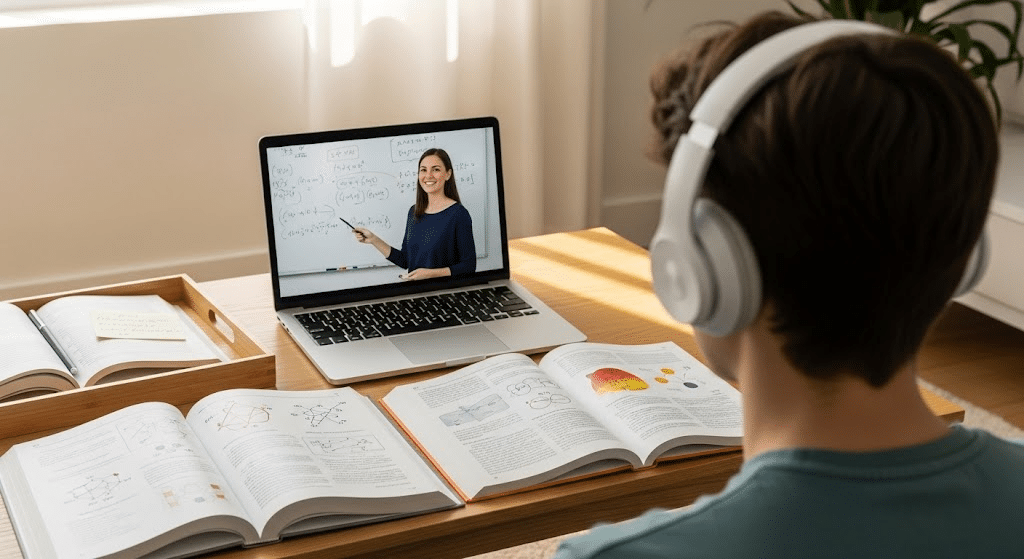
Understanding how it works helps teachers use it more effectively in their classrooms. Four key elements drive this process, and teachers can see them happening with their students every day.
Attention
Students must focus on what they’re observing to learn effectively. Without proper attention, the learning process fails.
Teachers can capture attention through clear demonstrations and engaging activities. For example, when a teacher uses colorful visual aids during a math lesson, students pay closer attention and absorb the problem-solving steps more effectively.
Retention
After observing, students need to remember what they’ve seen. This involves storing information in memory for later use. Teachers can help by repeating key actions and providing visual cues.
When a student watches a peer give a presentation, they remember the confident posture and clear speaking techniques for their own future presentations.
Reproduction
Students must be able to recreate or apply what they observed. This step turns observation into action.
Physical and mental abilities play a role here. For instance, after watching a classmate solve a math problem on the board, other students can reproduce the same steps when working on similar problems independently.
Motivation
Students need reasons to imitate observed behaviors. This comes from seeing positive results or consequences. Internal and external motivators both matter.
When students see a peer receive praise for helping others, they become motivated to show similar helpful behavior in their own classroom interactions.
Real Classroom Examples of Vicarious Learning
Seeing this learning in action makes it easier for teachers to understand how it works. These real classroom examples show how teachers across different grade levels and subjects use observation-based learning effectively.
Elementary Science: Lab Safety Learning
A teacher selects one student to demonstrate proper microscope handling while others watch. Students observe carrying, focusing, and cleaning techniques. When their turn comes, they copy the careful movements they witnessed, making fewer mistakes.
Middle School ELA: Peer Writing Conferences
Instructor pairs students to observe effective feedback conversations. One pair discusses their draft while others listen to helpful questioning and suggestion techniques. Students then apply these observed communication skills in their own writing conferences.
High School SEL: Conflict Resolution
Teachers can use role-play where students watch classmates work through disagreements. Two students act out conflicts while others observe problem-solving and respectful communication strategies. Students later apply these observed skills to handle their own interpersonal challenges.
Core Principles Behind Vicarious Learning
The learning has solid research backing that teachers can trust. Albert Bandura’s famous Bobo Doll experiment demonstrated that children imitate aggressive behavior they observe in adults. This proved that people learn by watching, not just by doing.
The research reveals important distinctions that shape how students learn in classrooms:
| Concept | Definition | Classroom Example |
|---|---|---|
| Direct Reinforcement | Student receives feedback for their own actions | The teacher praises the student for the correct answer |
| Indirect Reinforcement | Student sees others get rewarded or punished | Student watches peer get praise for helping others |
| Learning FROM Experience | Student learns through personal trial and error | Student discovers the wrong method through mistakes |
| Learning THROUGH Others | A student learns by observing someone else’s experience | Student watches teacher demonstrate proper technique |
Powerful Vicarious Learning Activities for the Classroom

Teachers can use these practical activities to help students learn through observation and modeling.
1. Role-Play Rotations: Students watch classmates act out different scenarios, then rotate to try the roles themselves. They learn appropriate responses and social skills through observation.
2. Peer Demonstration Corners: Students take turns showing skills to small groups while others watch and ask questions. This builds confidence and allows multiple learning styles to connect.
3. Student-Led Feedback Loops: Students observe how their peers give constructive feedback to each other. They learn communication skills and develop better self-reflection habits.
4. Interactive Video Case Studies: Students watch real-world scenarios or expert demonstrations, then discuss what they noticed. This connects classroom learning to practical applications.
5. Model & Reflect Exercises: Teachers demonstrate a skill while students observe specific techniques, then students practice and reflect on what they learned from watching.
6. Story-Based Skill Transfer Tasks: Students hear or read stories about characters facing challenges, then apply observed problem-solving strategies to their own situations.
Tips to Maximize Impact and Avoid Pitfalls
Even the best teaching strategies can fall flat without proper implementation. Teachers can boost their success by following proven techniques and steering clear of common mistakes.
- Choosing the Right Models: Select relatable peer models that students respect, but rotate who demonstrates to avoid pressure. Avoid using overly advanced students, as this can discourage struggling learners.
- Combining Vicarious with Experiential Learning: Balance observation with hands-on practice; students need to see skills first, then try them. Don’t rely solely on watching; some students learn better through direct experience.
- Evaluating Effectiveness Through Reflection: Ask students what they learned from watching others through quick check-ins. Look for actual behavior changes, not just verbal confirmation that might please the teacher.
Takeaway
Vicarious learning changes classrooms by turning every student into both teacher and learner. Students gain confidence watching peers succeed, and teachers can guide learning more effectively through observation and modeling.
Teachers don’t need to overhaul their entire approach at once. They can start by trying just one technique this week – perhaps peer demonstration corners or a simple role-play activity.
Small steps lead to big changes in student engagement and understanding.
When students learn from each other, classrooms become communities where everyone contributes to collective growth. This approach creates a lasting impact that extends far beyond individual lessons.






